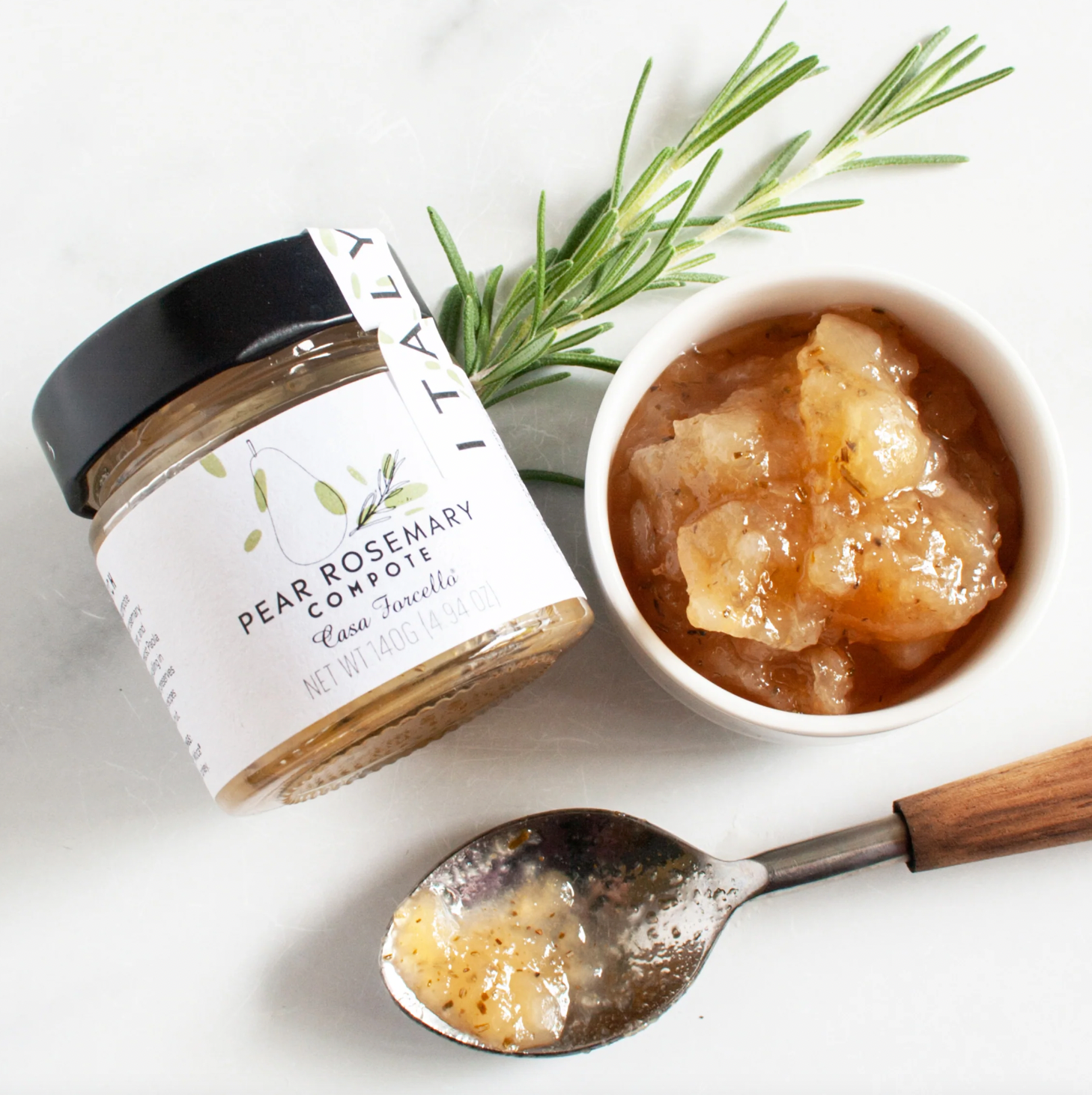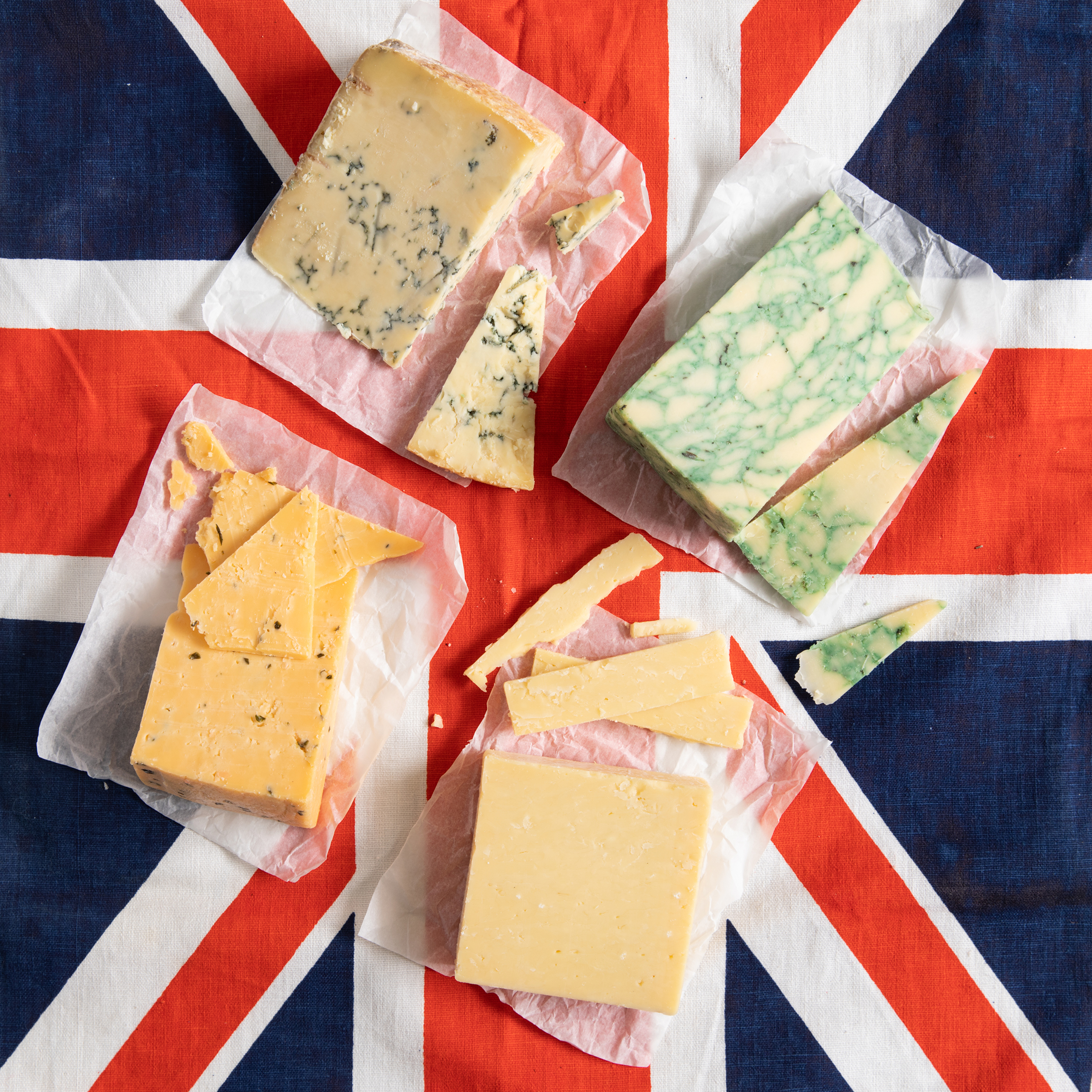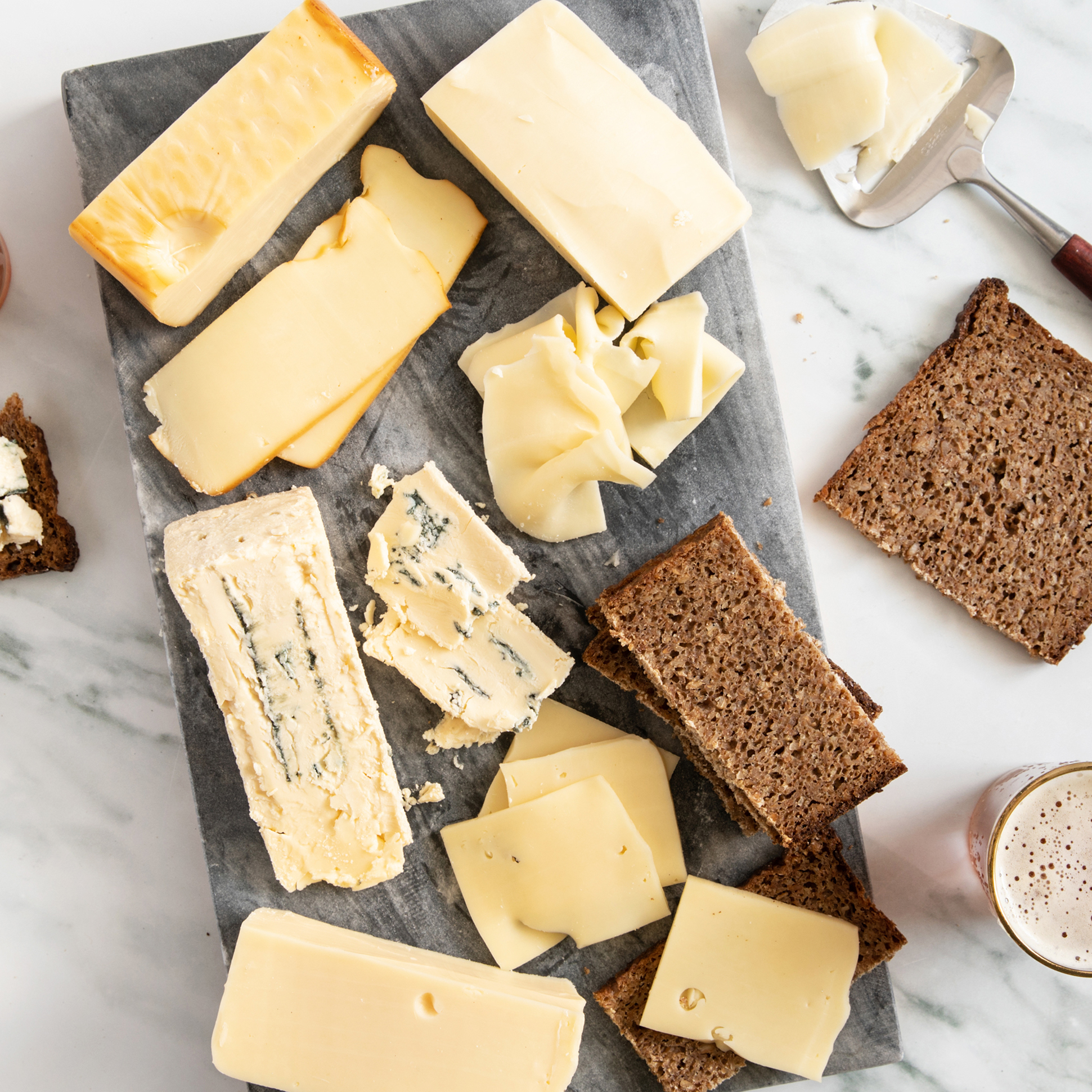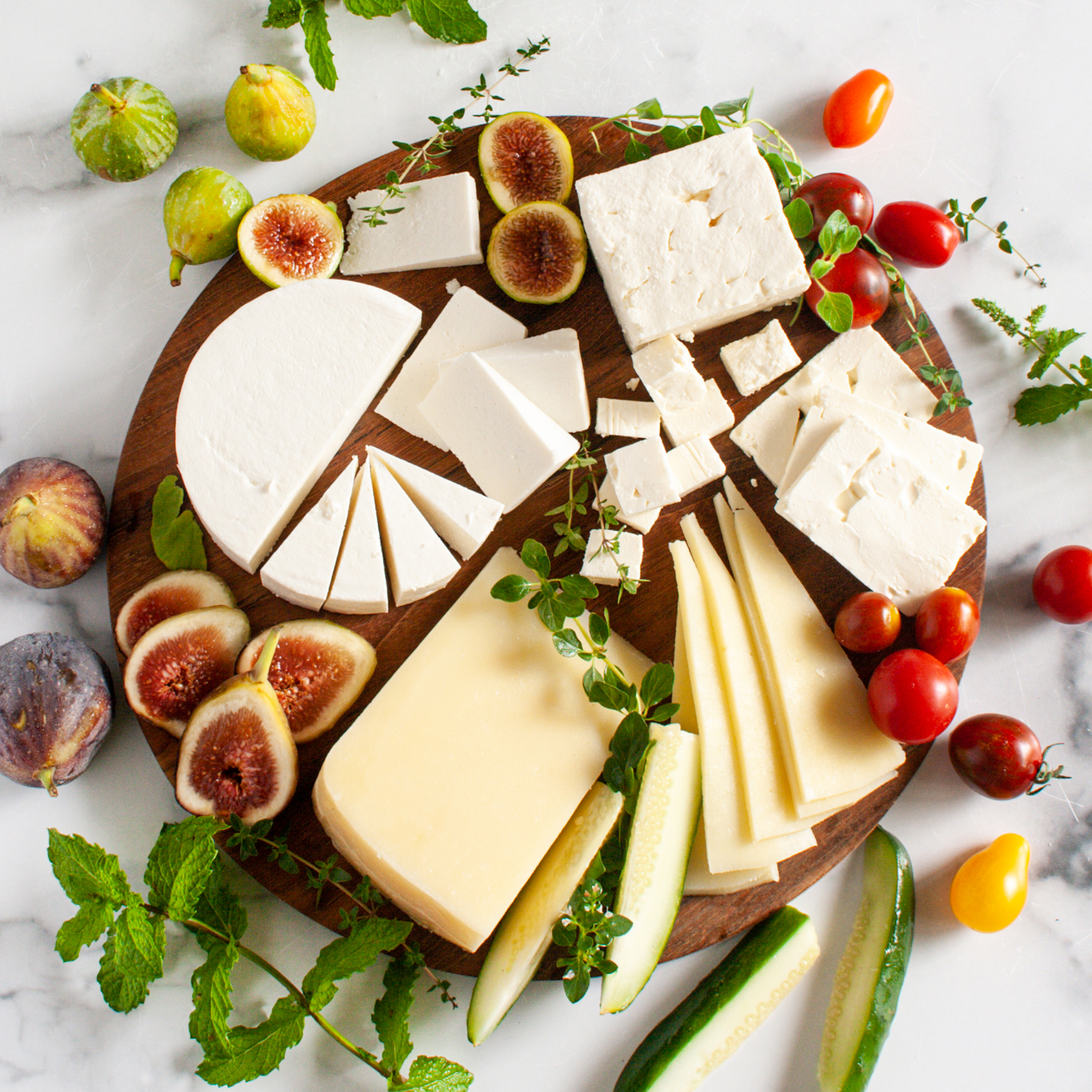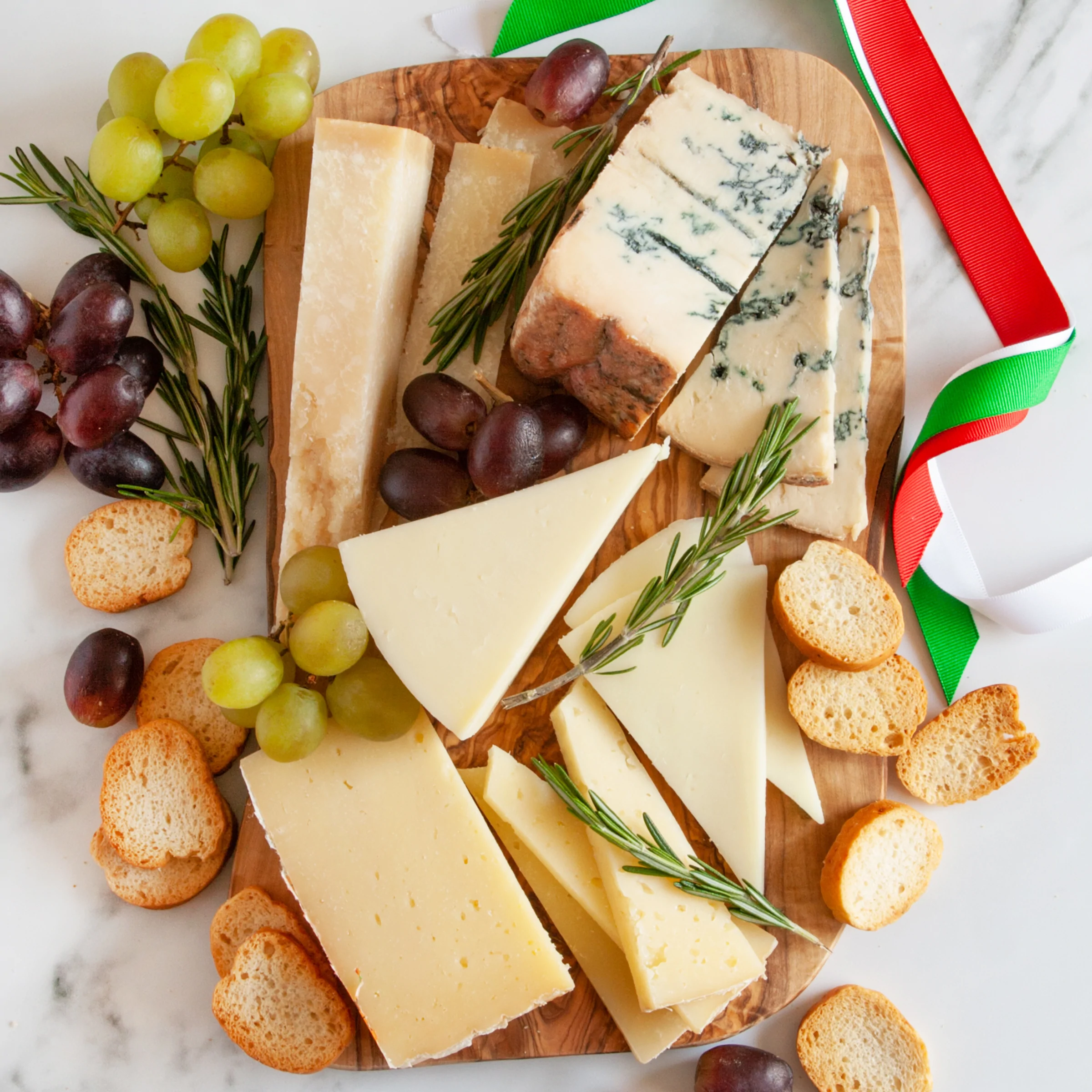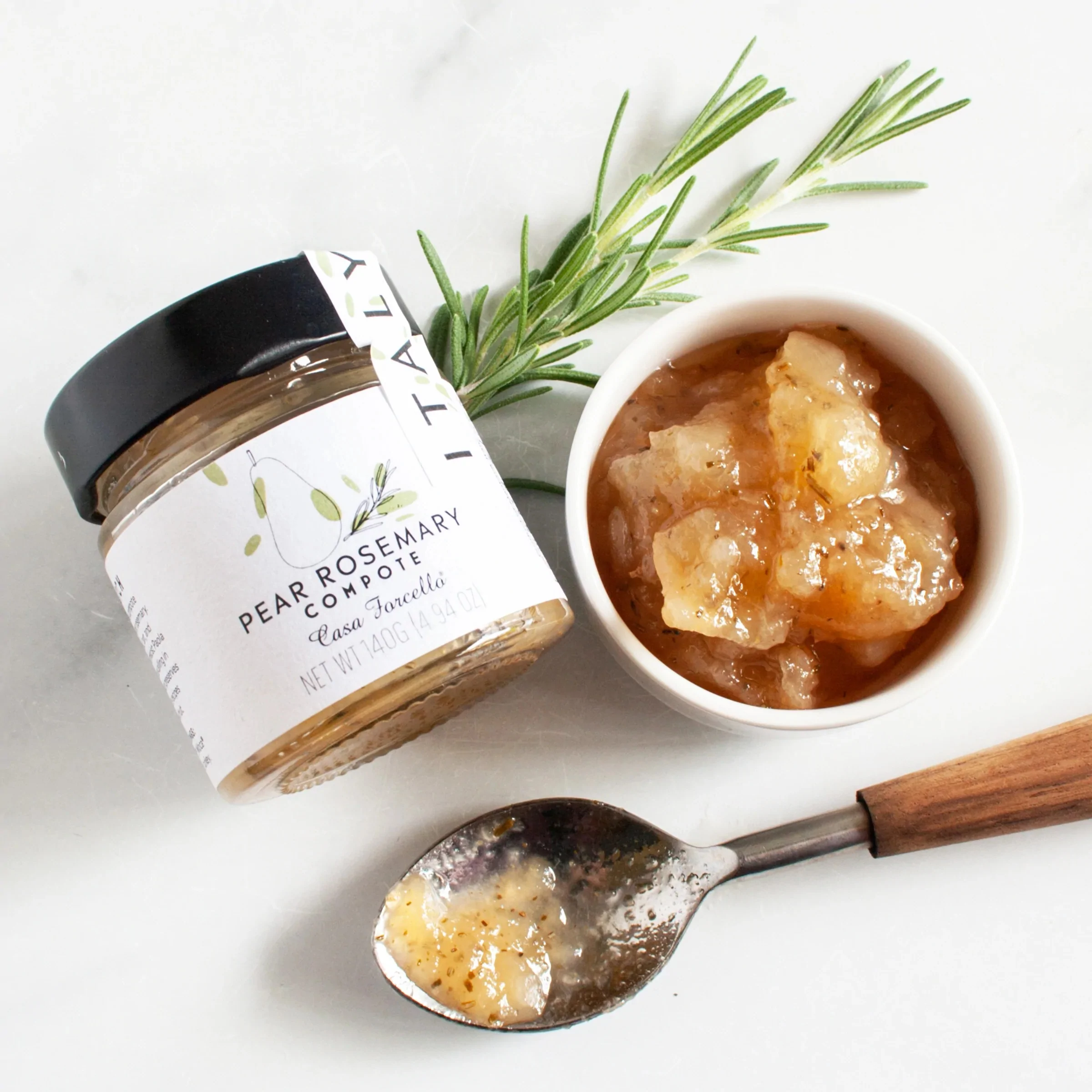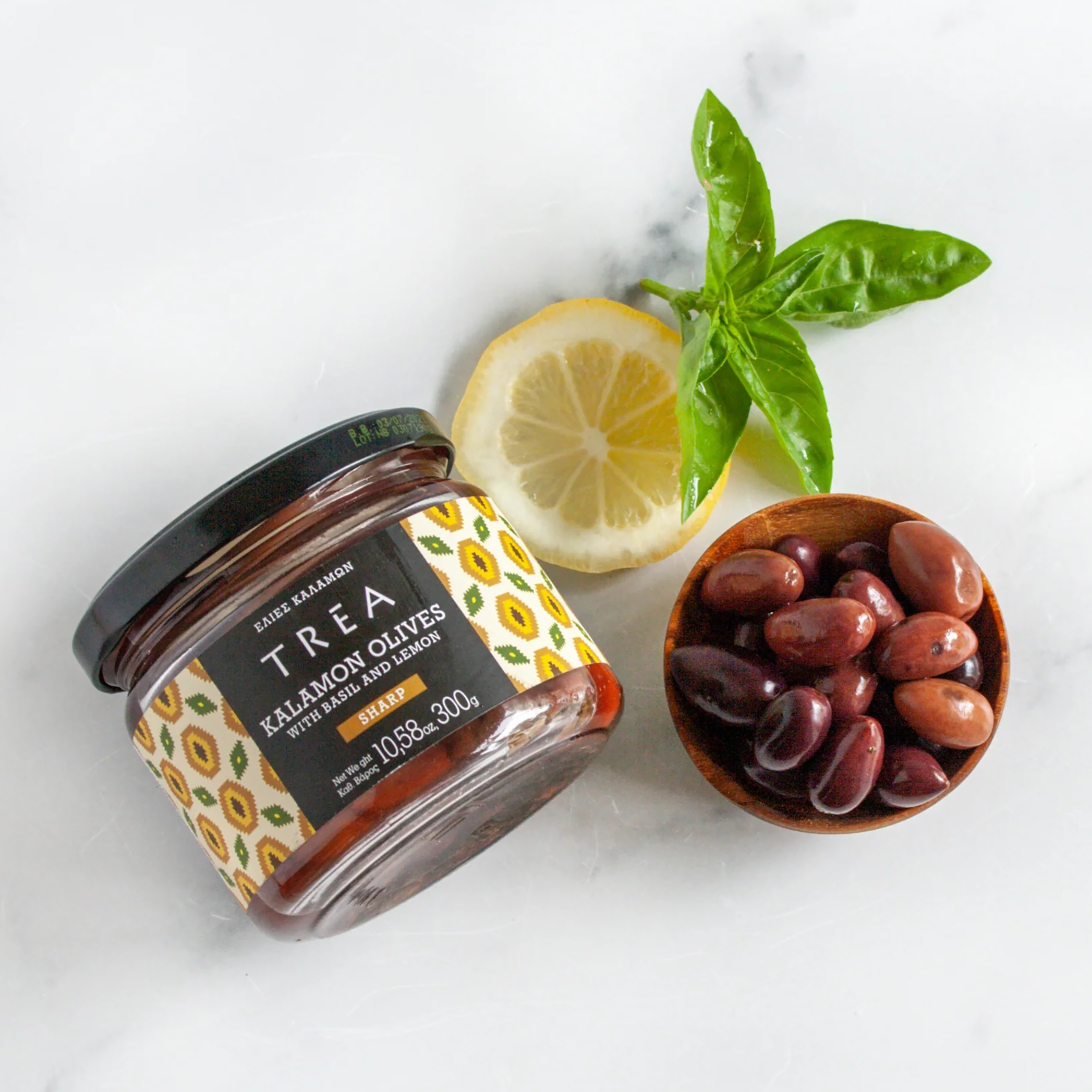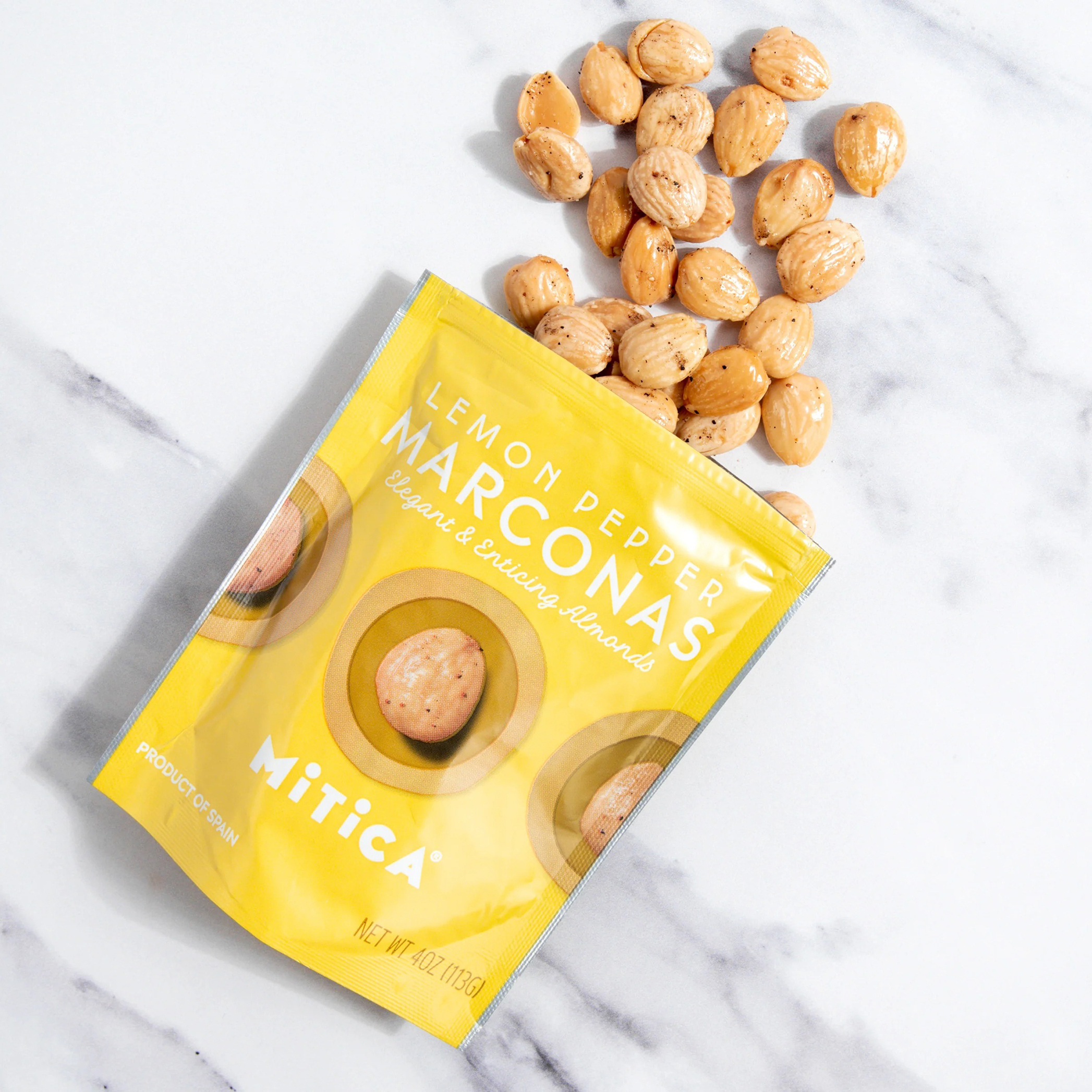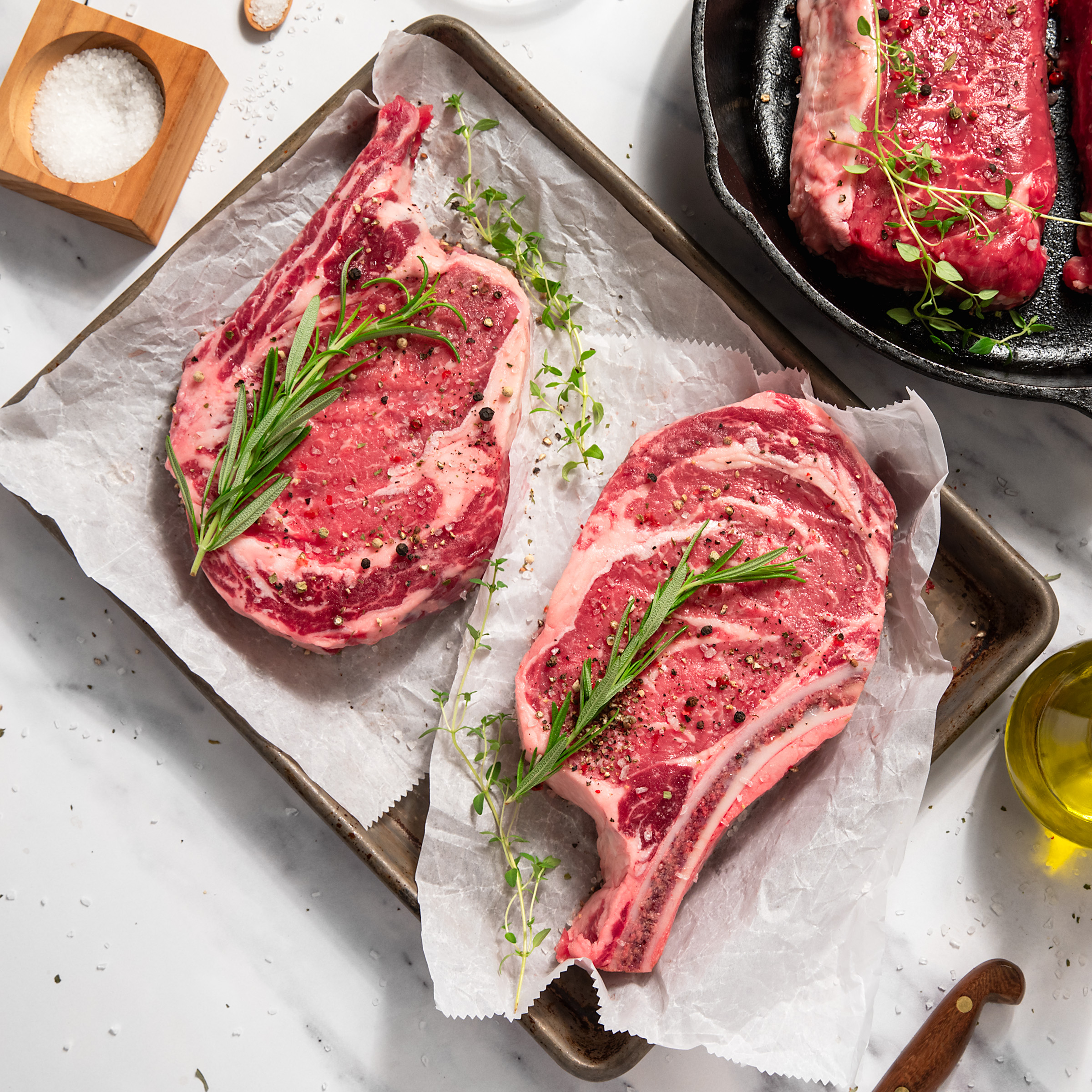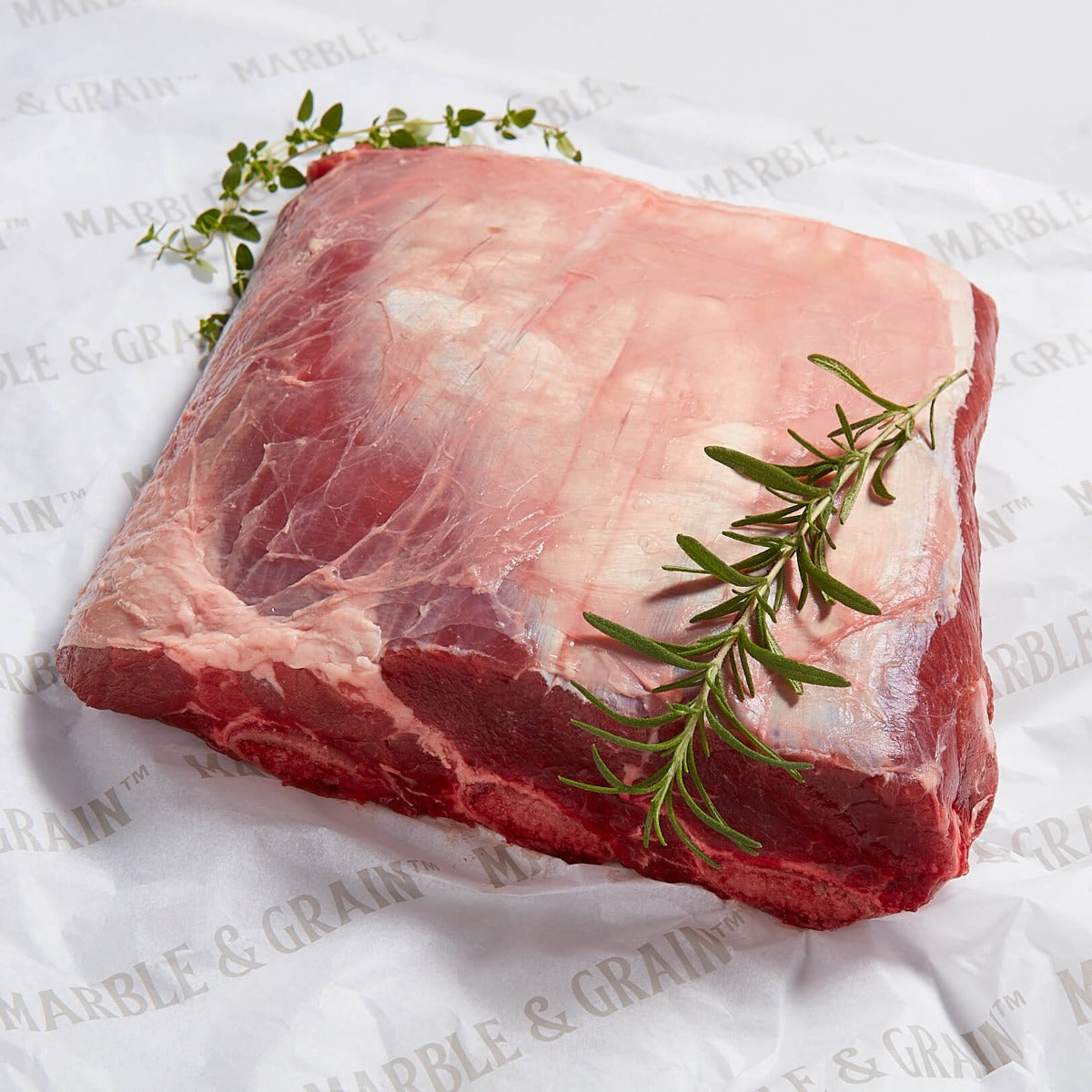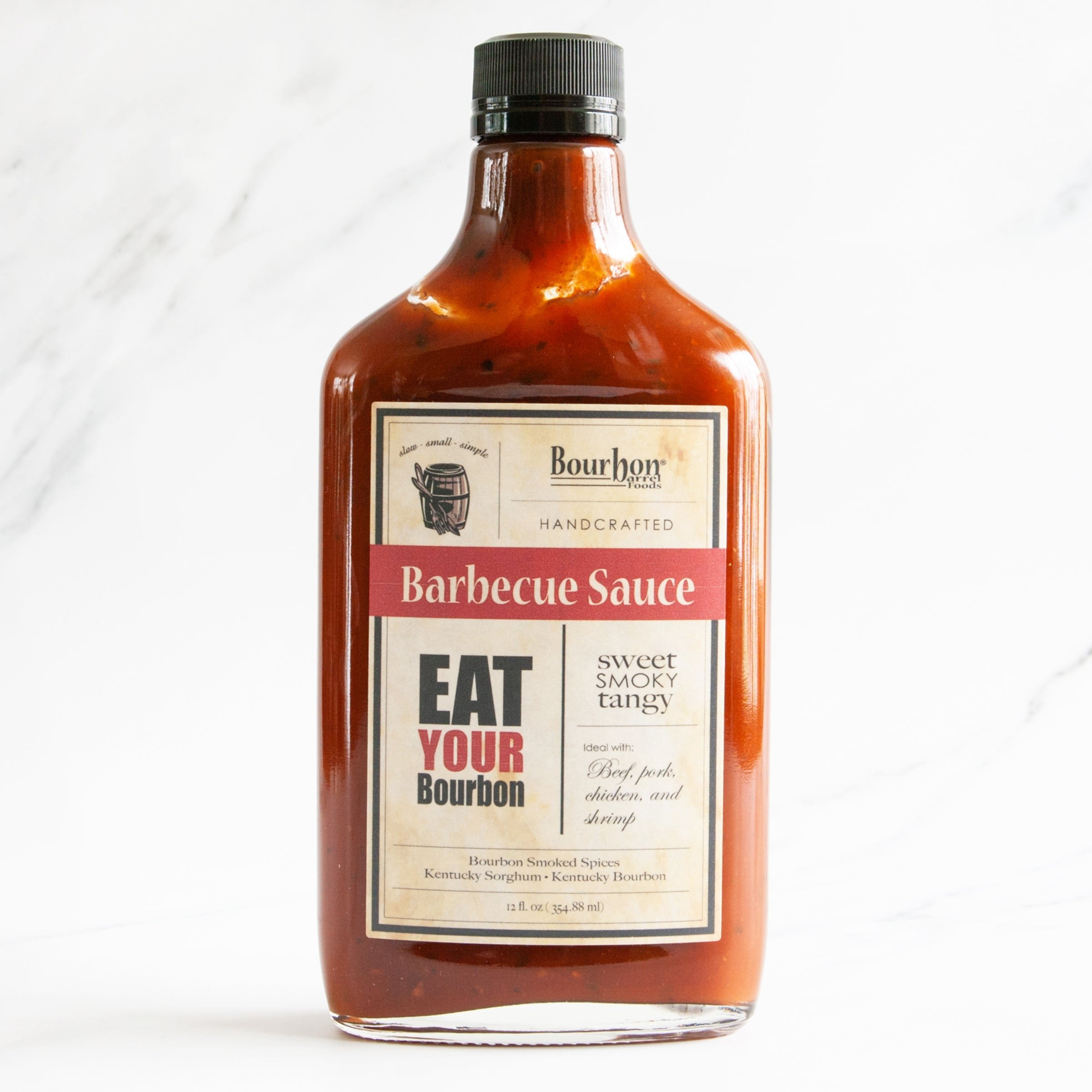Swedish Cuisine Guide
Greek Cuisine Guide
June 12, 2019 | By Dave Mattingly
Greek Food History
Greek Food has been strongly influenced by those who occupied its land throughout history. Greece was the home to the region's first advanced civilization. As early as 2700 BC, the Minoan civilization introduced domesticated grains, sheep, and goats to Greece. They ate nuts such as almonds and discovered wild grapes, from which they made wine. The Minoans also discovered a bitter berry native to the land which they began to cure and press. When pressed, the olive produced olive oil, which became the foundation for their civilization's economy for centuries to come. In 350 BC, under the rule of Alexander the Great, the Greeks extended their empire to India and absorbed some of Indian influences into Greek cuisine. Archestratos wrote one of the earliest cookbooks in 330 B.C. By 146 BC, the Greeks fell to the Romans, whose influences merged with Greek cuisine. From the Romans came phyllo pastry dough, from which desserts such as spanakopita and sweetened pies were made.
Because of its geographical location, Greece was largely influenced by the Roman trade routes, and was exposed to cultures, foods and commodities of far off lands. The Byzantine Empire rose to power after the Roman Empire from the 4th to the 15th century and introduced caviar, nutmeg and lemons, with fish continuing to be an integral part of the Greek diet, from both fresh and salt water sources. Byzantine cuisine benefited from Constantinople's position as a global hub of the spice trade. Byzantine cuisine was influenced by many cultures including those from the Lombard region of Italy and both the Persian and Arabic Empires. During Ottoman times, influence on Greek cuisine could be seen from Turkish cuisines. Dishes such as moussaka (a 3 layer eggplant dish) and tzatziki (a Greek sauce made from cucumbers, garlic, salt, olive oil and spices) are named both their for Arabic and Turkish roots. During Ottoman times, dishes had to be called by their Turkish names, many of which remain today for classic Greek dishes. It wasn't until the discovery of the Americas that foods such as potatoes, tomatoes, spinach and bananas were introduced to Greece and incorporated into their cuisine.
Greek Meze
Meze is a selection of small plates of food, or appetizers, served family-style that may be eaten as snacks or for any meal of the day. The word Meze was found in cuisines of the former Ottoman Empire, and is derived from the same Turkish word, which in turn came from the Persian word maze, meaning to "taste, snack or relish". Greek Meze has its roots in the ancient Greek civilization, which ate similar dishes such as dried figs, chickpeas and roasted chestnuts accompanied by a jug of wine.
Greek Meze is served in a Greek restaurant called a mezedopoleía, and also at an ouzeri, which is a type of café that serves drinks such as ouzo, an anise-flavored spirit, tsipouro, a Greek pomace brandy, and raki, a strongly distilled liquor made from grape must. A tavérna (tavern) or estiatório (restaurant) also offers Greek Meze. There are many different varieties of Greek Meze (plural mezedhes) and the menu will vary based on the region of Greece. Krasomezedhes, “wine meze” are Greek Mezedhes that pair well with wines and Ouzomezedhes are Greek Mezedhes that pair well with ouzo. Greek Meze is also commonly prepared in homes, allowing friends and family to get together and enjoy an evening of socializing, eating and drinking. Similar to Spanish Tapas, the Greek Meze table is the essence of Greek-style entertaining.
Greek Meze may be hot or cold, mild, savory or spicy. Diners may choose from seafood, meat, vegetarian or a combination of these in Meze platters. Typical foods in Greek Meze include sliced cucumbers, olives, fave beans, tomatoes, olives, phyllo dough wrapped meat, bekri meze (pork stewed in wine), sausages, fried or grilled fish, bean salads, tarmosalada (a spread made from roe of carp), peppers stuffed with Feta cheese or rice, pickled beets, spanakopita (spinach and feta cheese pie) deep fried or pickled vegetables, mayromatika (black-eyed peas) and dolmas (stuffed grape leaves).
A variety of salads are also typically offered with Greek Meze, such as a traditional Greek salad, which is a tomato salad with cucumbers, red onions, feta cheese, and kalamata olives, drizzled with olive oil.
Dipping sauces and tapenades are also commonly served with Greek Meze and include tzatziki, a yogurt, garlic and cucumber sauce, hummus, plain yogurt, Baba Ghanoush (eggplant dip) or mashed roasted peppers.
Also served with Greek Meze are Greek cheeses such as Kefalograviera or Halloumi, which when fried or grilled are called "saganaki". A selection of various fresh Greek cheeses may be offered such as Feta, Kasseri, Kefalotyri, Graviera, Anthotyros, Manouri, and Mizithra.
Greek Meze is perfect for serving on short notice as it is generally quick and easy to prepare. Depending on the venue, Greek Meze is a flexible meal and may be simple and plain or hearty and intricate. Greek Mezehdes are a great choice for parties, buffets, snacks, and light or heavier meals.
Our gourmet Greek Meze selection includes Greek cheeses, meats, stuffed grape leaves, olives, Feta stuffed peppers, Taramosalata, Baba Ghanoush, Roasted Eggplant Spread and much more!
Greek Food and the Mediterranean Diet
Today, Greek food plays a large role in the Mediterranean Diet which emphasizes the consumption of plant foods including fruits, vegetables and legumes, in addition to fish, olive oil as the main source of fat, and a moderate amount of cheese, yogurt and wine. Olive oil in particular is a healthful addition to the Mediterranean Diet which contains a high amount of monounsaturated fats, which may reduce the risk of coronary heart disease, may improve cholesterol, and offers anti-inflammatory benefits.
Casserole, stews, grilled meat and seafood specialties are also popular in Greece today. Stuffed peppers with a variety of ingredients from rice to cheese, raisins, mint and nutmeg are common in Greek cuisine. Mezedes (singular meze) are a variety of small dishes, often served as appetizers, and are popular in Greece as well as other regions of the Mediterranean and Middle East. Mezedes are served hot and cold, spicy or savory and are usually served with wine or ouzo, an anise-flavored liquor. Many Greek foods are wrapped in phyllo dough pastry and served in bite-sized triangles or large sheets. Some traditional Greek foods, especially souvlaki (small pieces of meat grilled on a skewer) , gyros, (a pita bread sandwich made of roasted meat, tomatoes, onions and tzatziki sauce) tyropita (phyllo pastry filled with cheese and egg) and spanakopita (a savory spinach pie) are often served in fast food style. Spices, garlic and herbs figure prominently in Greek cuisine such as oregano, basil, mint, thyme, onion, and dill.
Greek Desserts
Fruits, nuts and honey are popular in ingredients in most Greek desserts. Wafer thin pastries are made from phyllo dough and soaked in honey syrup. "Spoon sweets" are a traditional dessert that are whole or large chunks of fruit preserved in a heavy syrup, made from fruits such as lemons, quinces, and bitter oranges. Greece's most famous pastry, Baklava, is made from sheets of phyllo dough and filled with a clove and cinnamon enhanced walnut mixture. Baklava is baked and then drizzled with a honey-lemon syrup. Doughnuts, called loukoumades, are deep fried and also drenched in honey syrup and cinnamon. Cakes such as “finikia”, (orange and walnut cakes) are enjoyed during Christmas, and “koulourakia” (butter pastries), are eaten during Easter. Greek yogurt, a food quickly growing in popularity in the US, drizzled with honey and sprinkled with nuts such as pistachios is another very popular dessert in Greece.
Greek Cheese
Greek Cheese varies from region to region throughout the country. Greece is known for its production and consumption of cheese which began thousands of years ago, making Greece the producer of some of the oldest and finest cheeses in the world. Since ancient times, Greece's mountainous topography has made it difficult to raise cattle, so most Greek cheeses are made from sheep's or goat's milk or a mixture of the two. Many artisanal hand-made cheeses are made on a small scale on family farms scattered through the Greek countryside. Many Greek Cheeses have been given Protected Designation of Origin (PDO) status by the European Union. This status offers name protection for cheese, and regulates production location within Greece as wells as ingredients and production methods. Feta, the most famous Greek cheese, is a white crumbly cheese with a salty and milky flavor and slightly grainy texture. Made from sheep or sheep's and goat's milk, this PDO (Protected Designation of Origin) cheese is packed in brine to provide a longer shelf life. Kefalotyri and Graviera are hard and salty Greek Cheeses and are excellent grated, fried and as part of “mezethes”, or Greek appetizers. Made from sheep and goat's milk, Halloumi is the ideal grilling cheese as it maintains its shape under high heat. Manouri and fresh Myzithra are the perfect Greek Cheeses for making mouth watering Greek desserts, while the mild and buttery Kasseri is delicious all by itself. These are just a few of the cheeses produced by the largest cheese consuming country in the world, as cheese consumption per capita in Greece has reached over sixty pounds per person annually!
Our gourmet Greek Food selection includes cheeses, meats, desserts, sauces, spreads, oils, vinegars and many others. When searching for Gourmet Food online, look no further than igourmet.com.

















